No products in the cart.
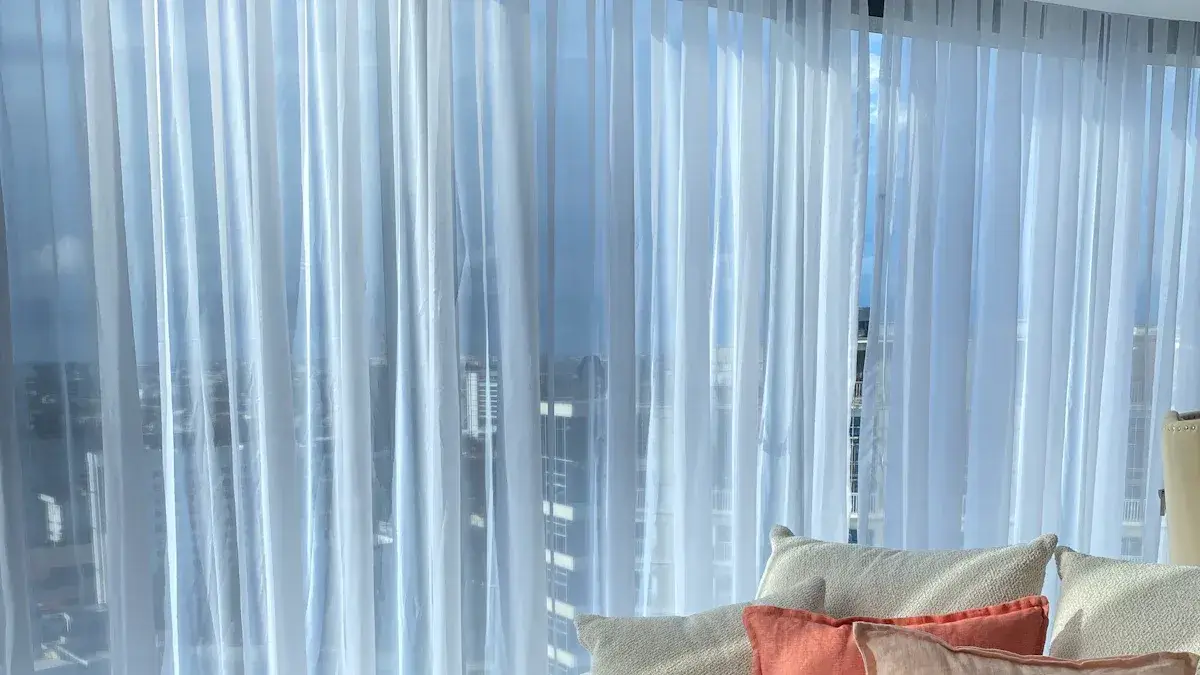
Want to make your windows look new and cool? Making diy s fold sheer curtains at home is fun and not hard. You just need some simple tools and some patience. You can make s fold curtains that look like a designer made them.
Making your own curtains helps the planet in many ways:
- Using old fabric means less textile waste and fewer things in landfills.
- Upcycling lets materials be used again, so there is less pollution.
- DIY projects like this use less energy and water than buying new ones.
- You avoid problems from mass production and help people live better.
- Each curtain you make is special, so people want less new fabric.
Eastern Blinds and Curtains has great DIY kits and ideas. They help you make your s fold curtains easily from start to finish.
Key Takeaways
- Collect all your materials and tools before you begin. You will need sheer fabric, S fold tape, hooks, a curtain track, and sewing supplies.
- Measure your window and curtain track with care. Add extra fabric for fullness and hems. This helps your curtains have nice waves.
- Cut your fabric neatly and hem the edges. Use narrow hems to keep the curtains light. Attach the S fold tape in a straight line for good folds.
- Fix the curtain track to the wall with strong brackets and anchors. Hang the curtains by clipping hooks into the carriers. This lets the curtains move smoothly.
- Look after your curtains by dusting them often. Handle the fabric gently. Check the track to make sure the curtains glide well. This keeps them looking nice and neat.
DIY S Fold Sheer Curtains: Materials
Materials List
Get everything you need before you begin. Here is what you should have for your diy s fold sheer curtains project:
- Sheer curtain fabric (polyester, cotton voile, linen, or blends): This is the main part of your curtain. Polyester and nylon are strong and simple to wash. Cotton and linen feel soft and natural but need more care.
- S fold curtain tape: This tape helps make neat, even waves.
- S fold hooks and carriers: These help your curtain move smoothly on the track.
- Curtain track or rod: Pick a strong track made for S fold curtains. Eastern Blinds and Curtains has good tracks and rails that are easy to use.
- Thread: Choose a colour close to your fabric for a tidy look.
- Measuring tape: You need this to get the right size.
- Pins and fabric marker: These help you mark and hold the fabric before you sew.
- Iron-on hemming tape (optional): Use this if you want to make hems without sewing.
💡 Tip: DIY projects like this usually cost between $97.73 and $103.86 for each panel. Most of the cost is for materials. This is much cheaper than paying a professional. Professionals often add extra fees for installation.
Tools Needed
Let’s look at the tools you need. You do not need a big workshop. Just a few simple tools will do:
- Sewing machine or needle: Use these to sew hems and attach the S fold tape.
- Sharp scissors or rotary cutter: These help you cut the fabric neatly.
- Iron and ironing board: Pressing the seams keeps your work tidy.
- Drill and screwdriver: Use these to fix the curtain track in place.
- Step stool or ladder: These help you reach high spots safely.
- Level and stud finder: These tools help you keep the track straight and secure.
🚦 Safety first: Always measure twice before you drill. Be careful when using ladders. Keep cords away from children and pets. Cordless or motorised systems are safer and give you peace of mind.
| Fabric Type | Durability & Maintenance | Extra Notes |
|---|---|---|
| Polyester/Nylon | Strong, sun-resistant, easy to clean | Good for busy or sunny rooms |
| Cotton Voile | Soft, light, needs gentle care | Looks natural, handle with care |
| Linen | Breathes well, wrinkles easily | Great for a relaxed, breezy style |
| Chiffon/Lace | Very delicate, mostly for decoration | Looks fancy, but handle gently |
| Polyester Blends | Strong, easy to care for | Works well in most homes |
With these materials and tools, you can make curtains that look great and last a long time.
Measuring

Window Width and Drop
Getting the right measurements is the secret to diy s fold sheer curtains that look professional. Grab a metal tape measure for the most accurate results. Start by measuring the width of your window, but don’t stop there—measure the curtain track or rod as well. S fold curtains need extra width to create those soft, flowing waves. For sheer fabrics, aim for a fullness factor between 2.5 and 3 times the width of your track. This means if your track is 2 metres wide, you’ll want 5 to 6 metres of fabric for that lovely gathered look.
Next, check the drop. Decide where you want your curtains to finish—just below the sill, at the floor, or with a gentle puddle for a touch of drama. Measure from the top of the track to your chosen endpoint. Don’t forget to add allowances for hems: bottom hems usually need 7–10 cm, while side hems for sheers can be as narrow as 1–2 cm. Curtain style and header type matter too. S fold headers need more fabric than flat panels, so keep that in mind when you measure and mark your fabric.
📝 Tip: Lightweight fabrics like voile or chiffon need more width for fullness, while heavier sheers can get away with a little less.
Fabric Calculation
Now for the maths—don’t worry, it’s easier than it sounds! The standard formula for S fold curtains uses the number of hooks and the spacing between them. Multiply the number of hooks by the hook spacing (usually 100–120 mm), then add a little extra for creepage (about 4 cm). For example, 50 hooks at 120 mm spacing gives you 6 metres of fabric, plus side hems. Always round up to allow for mistakes or pattern matching.
Fullness is key. For sheer curtains, a multiplier of 3 times the track width is common. This ensures your curtains drape beautifully and provide privacy. Remember to check that your fabric width matches your hardware, so everything hangs just right. With careful measuring and a bit of planning, your curtains will look like they came straight from a boutique.
Cutting Fabric
Marking
Getting your fabric ready for cutting is a big step. Start by spreading the fabric out flat on a clean, smooth surface. A kitchen table or large desk works well. Iron out any wrinkles first—creases can throw off your measurements. Always check the care label before using steam, just in case.
Grab your measuring tape and mark the fabric in several spots along the length and width. Use a fabric marker, chalk, or a disappearing ink pen. Mark on the reverse side so lines won’t show on your finished curtains. A metal ruler or T-square helps keep your lines straight and true. For extra accuracy, measure twice before making any marks.
Keep the fabric from shifting by using fabric weights or even a few tins from the pantry. Pins work too, but weights won’t leave holes or pull delicate sheers. If you’re working with a patterned fabric, line up the pattern before marking. Don’t forget to add seam allowances and hems to your measurements.
✏️ Tip: Remove the selvage edges before marking. These edges can shrink or pull, which might spoil the look of your finished curtains.
Cutting
Now comes the satisfying part—cutting the fabric. Sharp fabric scissors are your best friend here. Reserve them for fabric only, so they stay sharp and ready. Rotary cutters with a fresh blade and a cutting mat make quick work of straight lines, especially if you’re cutting more than one panel.
Sheer fabrics can be slippery. Place a layer of tissue paper underneath to stop the fabric from sliding around. Pin through all layers or use fabric weights to keep everything steady. Small, careful snips work better than long cuts for delicate materials. This helps prevent fraying and keeps the weave neat.
A steady hand and a bit of patience go a long way. Keep your lines straight by following the marks you made earlier. If you’re using a rotary cutter, press firmly but gently, letting the blade do the work. Once you’ve finished, shake out the fabric and admire your handiwork—your curtain panels are ready for the next step!
✂️ Note: Regularly check your scissors or rotary cutter for sharpness. Dull blades can cause jagged edges and fraying, which nobody wants on their beautiful new curtains.
Sewing Panels
Hemming
Let’s get those curtain panels looking sharp! Hemming is where your s fold curtains start to take shape. Sheer fabrics can be tricky, but with the right approach, you’ll get a neat finish that won’t fray or look bulky. Start by trimming any loose threads. For sheers, narrow hems work best. They keep the fabric light and airy, just how s fold curtains should look.
Here’s a simple way to hem sheer panels:
- Fold the edge over by about 1 cm and press with an iron.
- Fold it over again by another 1 cm, then press again.
- Pin the hem in place every 10–15 cm to keep things straight.
- Use a small needle and fine thread to sew along the edge. This helps avoid puckering.
- If you have a serger, run it along the raw edge before folding to stop fraying.
- For extra protection, dab a little fray check on the edges or use a zigzag stitch.
No sewing machine? Iron-on hem tape works in a pinch, but sewn hems last longer, especially for s fold curtains that get opened and closed a lot.
🧵 Tip: Always press your hems before sewing. It makes the job easier and keeps the fabric flat.
S Fold Header
Now for the magic touch—the S fold header. This is what gives s fold curtains their signature wave. Lay your panel flat, right side down. Place the S fold tape along the top edge, making sure it’s straight. Pin it in place, then sew along both edges of the tape. Take your time here; a straight header means perfect waves later.
Once the tape is secure, insert the S fold hooks into the pockets on the tape. Space them evenly for smooth, even folds. The hooks will later clip into the carriers on your track. Give the header a gentle press with the iron, but avoid melting the tape.
A neat header and tidy hems make your s fold curtains look like they came from a professional workshop. You’re almost ready to hang them up and admire your handiwork!
Attaching Tape and Hooks
S Fold Tape
Time to bring those curtain panels to life! S fold tape is the secret behind that perfect wave pattern everyone loves. This special tape transforms flat fabric into soft, even waves. Start by laying your curtain panel flat, with the top edge facing up. Place the S fold tape along the top, making sure it sits straight and lines up with the fabric edge. Pin it in place, then sew along both edges of the tape. Take your time—straight stitching here means your waves will look crisp and professional.
Once the tape is secure, the magic begins. The tape has evenly spaced pockets. These pockets guide the hooks and help shape the folds. The spacing between each pocket controls the fullness of the waves. For a lush, flowing look, use every pocket. For a lighter wave, skip a few. The tape works best with a s fold curtain track, which keeps everything moving smoothly.
💡 Tip: Always double-check the tape’s position before sewing. A straight tape means a perfect wave pattern every time.
Hooks and Carriers
Now, let’s talk about how to hook the s fold curtain for that signature look. Special hooks slide into the pockets on the S fold tape. Each hook then clips onto a carrier or glider inside the track. These carriers connect with strings, keeping the waves evenly spaced as you open and close the curtains.
Here’s what makes these hooks and carriers stand out:
- Designed for s fold curtains, they glide quietly and smoothly.
- The system creates a sleek, structured look—no bunching or sagging.
- Works with both ceiling and wall-mounted tracks, so you can match any room style.
- Double or triple tracks let you layer sheers with blockouts for extra style and light control.
Eastern Blinds and Curtains offers high-quality hardware that makes installation a breeze. Their carriers and tracks ensure your curtains move effortlessly, whether you choose manual or motorised options. With the right hooks and carriers, your curtains will always hold that perfect wave pattern, giving your space a polished, modern finish.
🛠️ Note: Snap each carrier into the track at regular intervals—usually about 100 mm apart. This keeps the waves even from end to end.
Install Curtains: Step-by-Step
Track Fitting
Ready to see your diy s fold sheer curtains come to life? Let’s start with the track. This part sets the stage for smooth, elegant waves. Grab your s fold curtain track, a pencil, a tape measure, and a level. Eastern Blinds and Curtains offers sturdy tracks that make this job much easier.
Here’s a simple step-by-step guide to get your track up perfectly:
- Measure and Mark
Begin by measuring the full width of your window. Add 10–15 cm on each side for overlap—this helps block out light gaps and gives a fuller look. Mark the bracket positions about 7–10 cm above the window frame. Keep the marks level for a neat finish. - Check for Obstacles
Look out for pipes, wires, or anything hidden in the wall or ceiling. A stud finder helps you find the safest spots for brackets. - Drill Pilot Holes
Use a drill to make small pilot holes where you marked. If you’re not drilling into a stud, pop in some wall anchors for extra strength. - Attach Brackets
Fix the brackets to the wall or ceiling. Space them every 30–40 cm for best support. Tighten the screws so the brackets feel solid. - Clip in the Track
Snap the s fold curtain track into the brackets. Give it a gentle wiggle to check it’s secure and level. If it’s not straight, loosen the screws and adjust.
🛑 Common mistakes to avoid:
- Cutting the track too short—always include the width of decorative ends.
- Placing the track too close to the window frame, which lets in light around the edges.
- Skipping wall anchors or missing the studs, which can make the track fall.
- Using the wrong hooks or tape, which ruins the s fold effect.
A quick check with a level keeps everything looking sharp. If you want a whisper-quiet glide, choose nylon-glide carriers and add a touch of silicone spray.
| Step | What to Do | Why It Matters |
|---|---|---|
| Measure & Mark | Mark bracket spots, add overlap | Blocks light, gives full coverage |
| Drill & Anchor | Drill holes, use wall plugs if needed | Keeps track secure and stable |
| Attach Brackets | Fix brackets every 30–40 cm | Stops sagging, supports curtain weight |
| Clip in Track | Snap track into place, check it’s level | Ensures smooth curtain movement |
Hanging Curtains
Now for the fun part—time to hang s fold curtains and see those waves in action! If you’ve ever wondered how to hang your s fold curtain so it looks just right, this is where the magic happens.
- Prepare the Curtain
Make sure the wave fold tape is sewn neatly along the top of your curtain panel. Slide the small plastic hooks into the tape pockets, spacing them evenly. - Attach Hooks to Carriers
Clip each hook into a carrier or glider on the s fold curtain track. Start at one end and work your way across. The carriers are connected by a string, which keeps the folds even and tidy. - Distribute the Folds
Gently pull the fabric into place, shaping the S curves as you go. The wave fold system does most of the work, but a little hand-styling helps the folds settle in. - Check the Glide
Slide the curtains open and closed a few times. If anything sticks or bunches, adjust the carrier spacing or check for tangled hooks. - Final Adjustments
Step back and admire your work. Tweak the folds for a balanced look. If you have a helper, ask them to hold one end while you adjust the other—teamwork makes this step much easier.
💡 Tip: Always use the right hooks and tape for s fold curtains. This keeps the waves even and the operation smooth.
A well-installed s fold curtain track and properly hung curtains create a soft, flowing look that feels both modern and timeless. Eastern Blinds and Curtains’ DIY kits and hardware make the whole process smooth, from start to finish. With a little patience and care, your new curtains will glide like a dream and transform your space.
Finishing Touches
Styling Folds
Styling S fold sheer curtains is all about creating that soft, elegant wave. Lightweight fabrics like sheer or linen work best, giving the curtains a gentle drape and an airy feel. A high-quality track makes a big difference—curtains glide smoothly and always fall into perfect waves. For a modern look, install the track as close to the ceiling as possible. This trick adds height to the room and makes the windows look grand.
Want a polished finish? Let the curtains just skim the floor. Avoid stopping them at the window ledge. Slimline or recessed tracks keep things sleek and contemporary. When opening the curtains, allow enough stacking space at the ends so the waves don’t bunch up. Pairing sheers with roller blinds or Pirouette Shadings behind them gives extra privacy and light control without losing that soft, filtered glow.
Neutral colours remain the top choice for S fold sheers. Soft whites, creams, and greys blend beautifully with minimalist or modern décor. The continuous wave drape suits open-plan living spaces and adds a touch of luxury without fuss.
✨ Tip: Conceal the track in a ceiling recess or bulkhead for a clean, architectural look.
Troubleshooting
Even the best DIY projects can hit a snag. Here’s how to keep your S fold sheers looking their best:
- Curtains not gliding smoothly? Check the track for dust or debris. A quick wipe and a touch of silicone spray can work wonders.
- Waves looking uneven? Make sure the hooks sit in every pocket of the S fold tape and the carriers are spaced evenly.
- Fabric bunching at the ends? Allow more stacking space or adjust the track position.
- Curtains losing their airy look? Give them a gentle shake to remove dust. Machine wash on a gentle cycle with cold water and mild detergent. Air dry or use low heat if needed.
- Snags or tears? Handle the fabric gently and use tiebacks to prevent too much movement.
A little care goes a long way. Regular dusting with a soft brush or vacuum keeps sheers fresh. Always follow the washing instructions for your fabric. With these simple steps, your S fold sheer curtains will stay beautiful and elegant for years.
Making your own S fold sheer curtains feels rewarding from start to finish. Here’s a quick recap:
- Measure and cut your fabric
- Sew neat hems and attach S fold tape
- Add hooks and carriers
- Fit the track and hang your curtains
- Style those waves for a designer look
Fancy a custom touch? Eastern Blinds and Curtains has all the DIY bits you need.
Share your curtain success stories or drop your questions below—let’s chat about your next window project! 👇
FAQ
How do I keep my S fold curtains looking crisp?
Give your curtains a gentle shake each morning. Lightly steam them if you spot any creases. Avoid heavy ironing—sheer fabrics love a soft touch. Regular dusting with a soft brush keeps them fresh and bright.
Can I use any fabric for S fold curtains?
Sheer or lightweight fabrics work best. Polyester, voile, or linen create those signature waves. Heavy fabrics might not drape as nicely. Always check the fabric’s care label before you start your project.
What if my curtains don’t glide smoothly?
Check the track for dust or tiny obstructions. A quick wipe and a little silicone spray usually fix the problem. Make sure the hooks and carriers sit evenly along the track for a smooth glide every time.
Do I need a special track for S fold curtains?
Yes, S fold curtains need a track designed for wave or ripple fold systems. These tracks have carriers spaced just right for perfect waves. Eastern Blinds and Curtains offers tracks that make installation simple and smooth.
Can I install S fold curtains by myself?
Absolutely! With basic tools and a little patience, you can handle the job solo. A step stool helps you reach high spots. If you want an extra hand, ask a friend to help with longer tracks or wide windows.


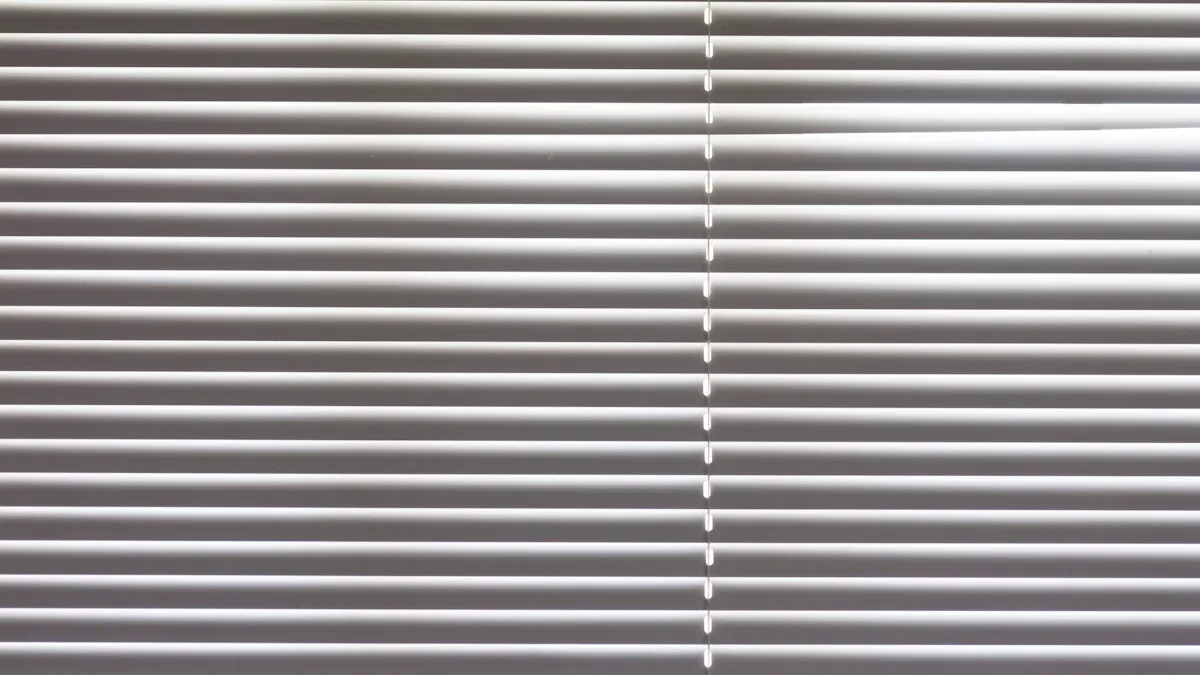
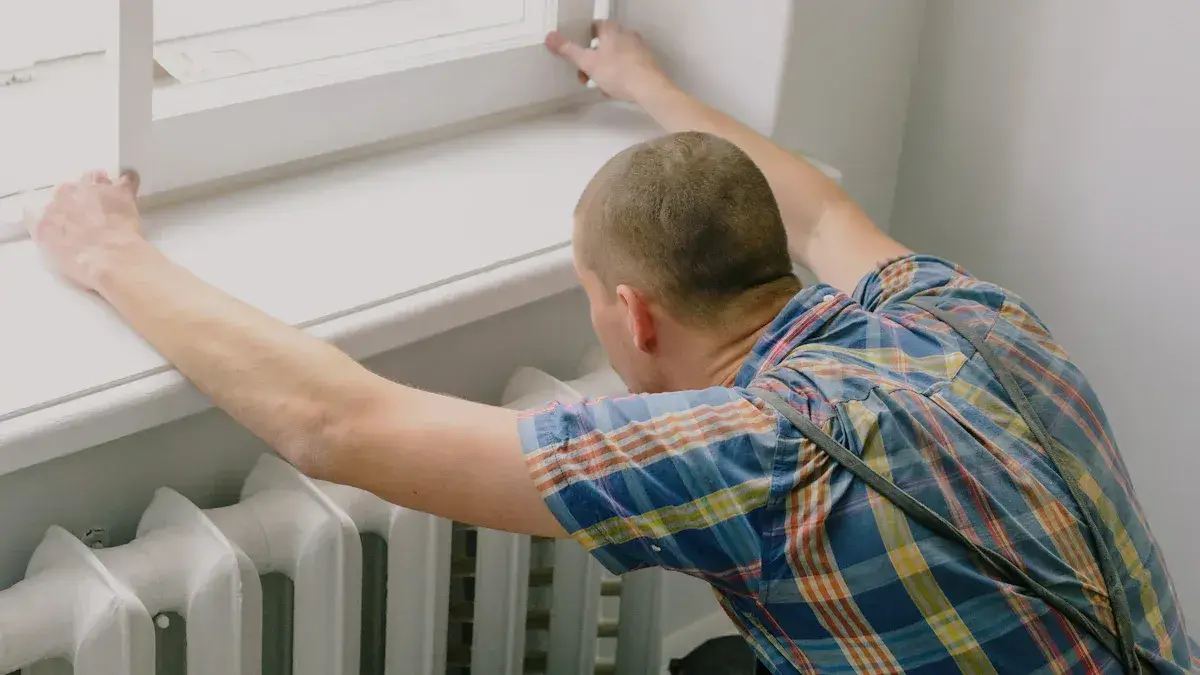
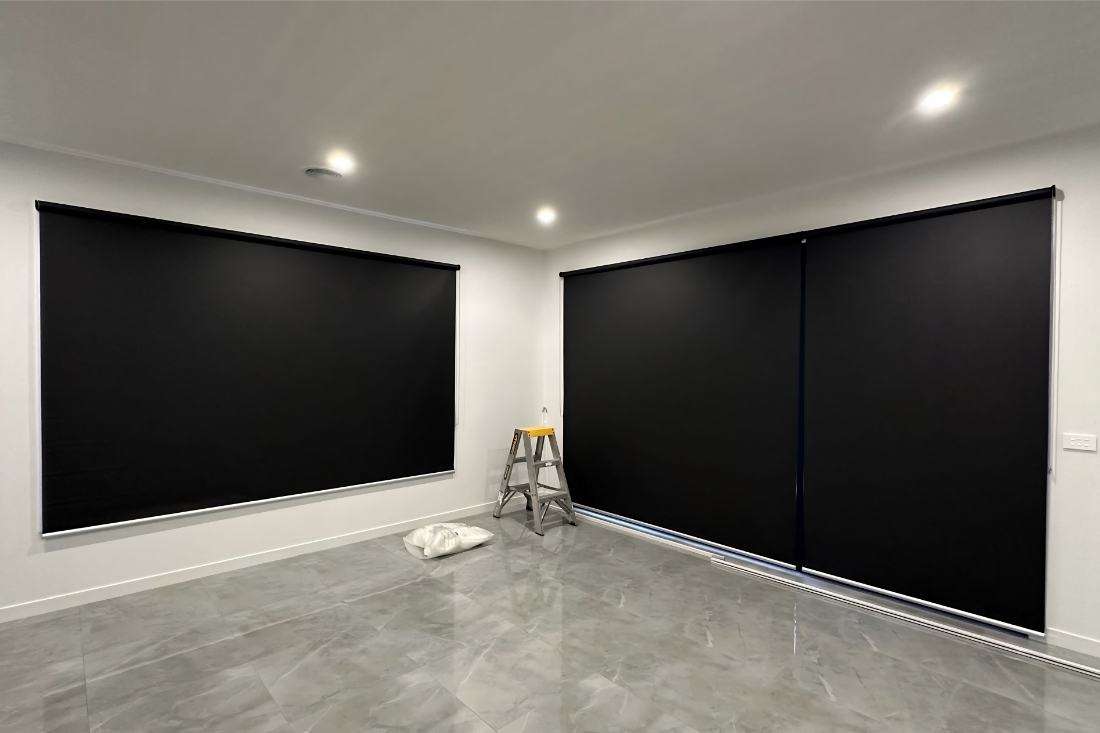
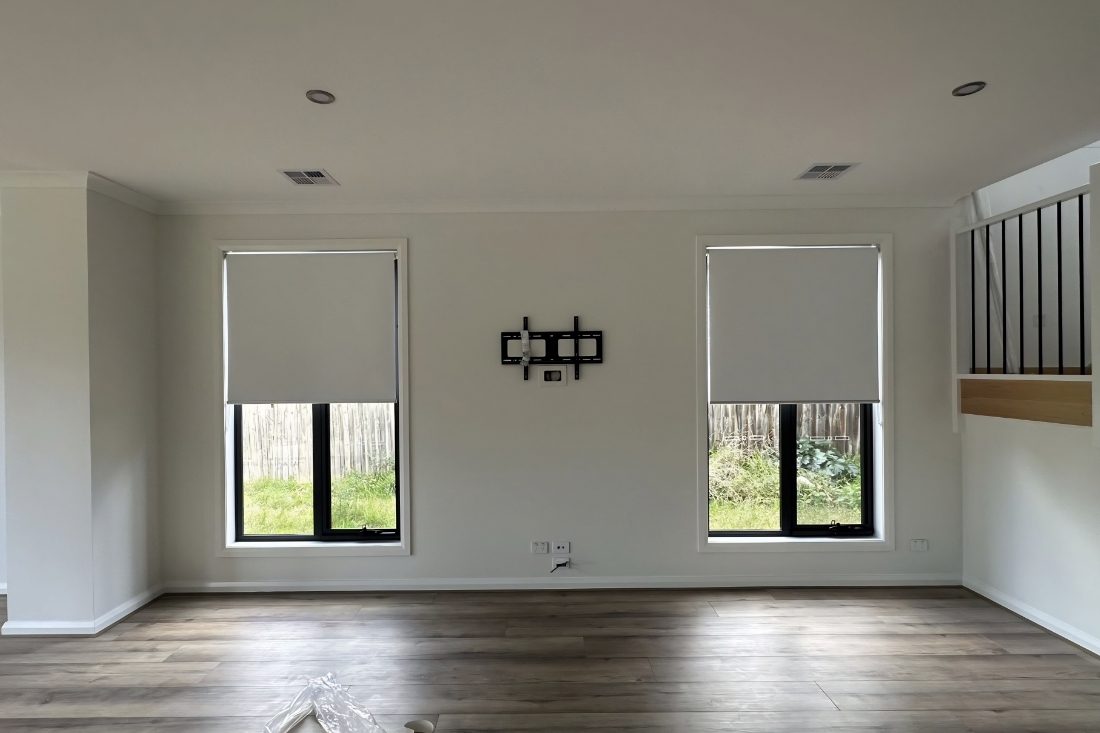



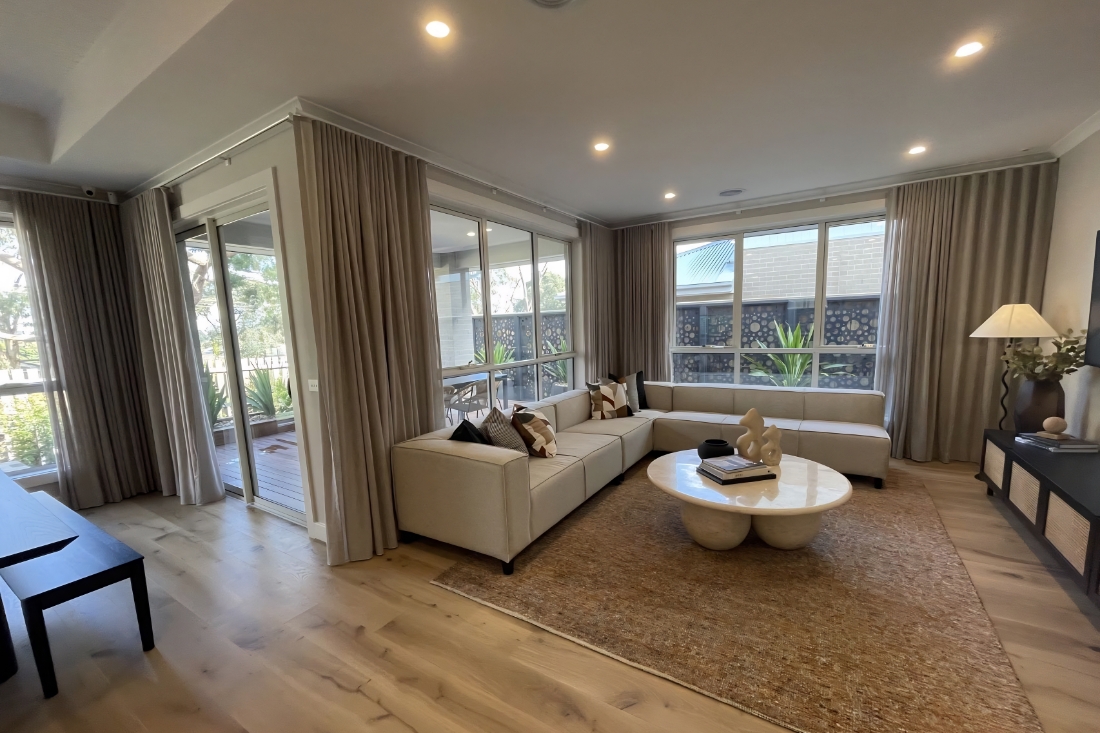
Leave a Reply